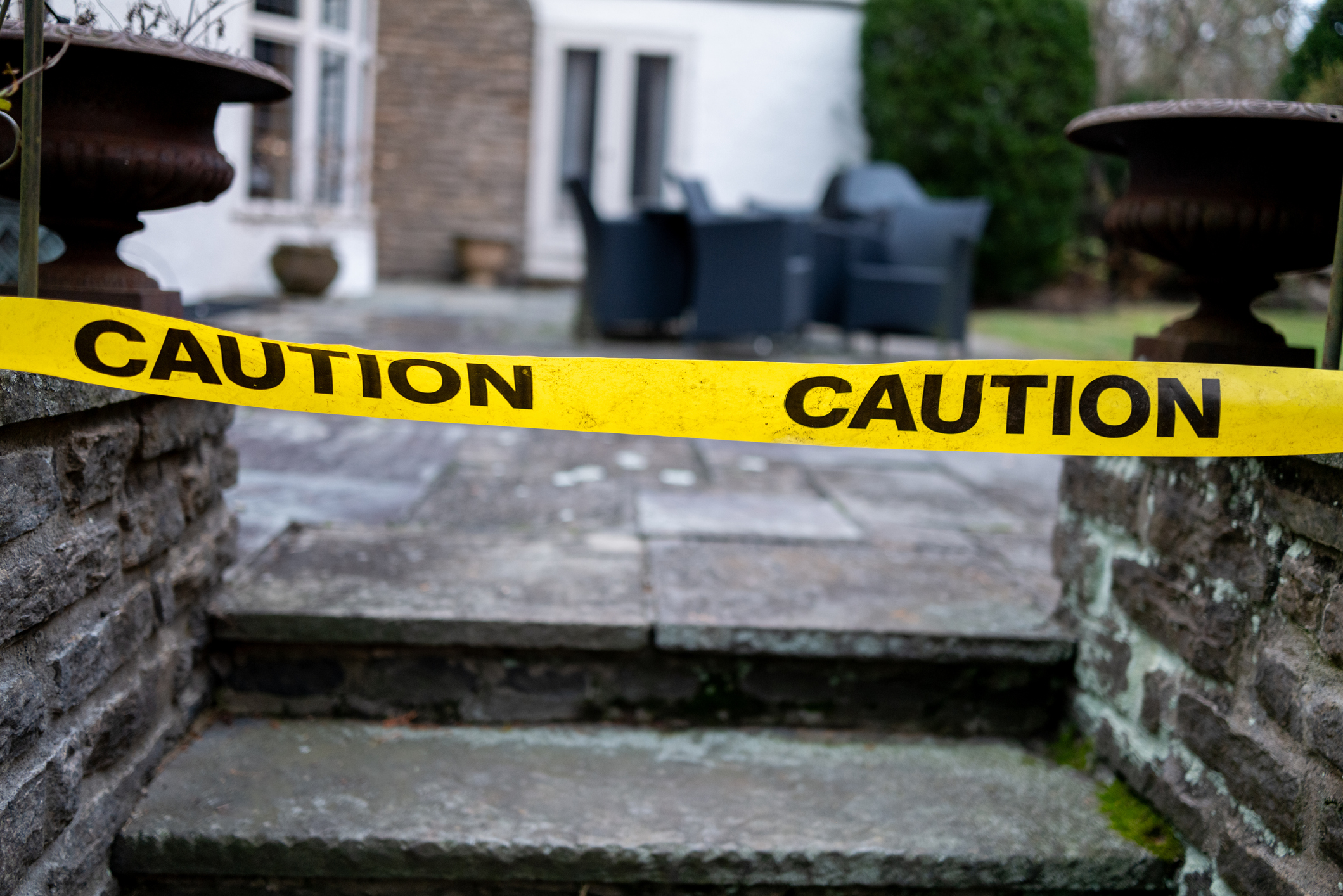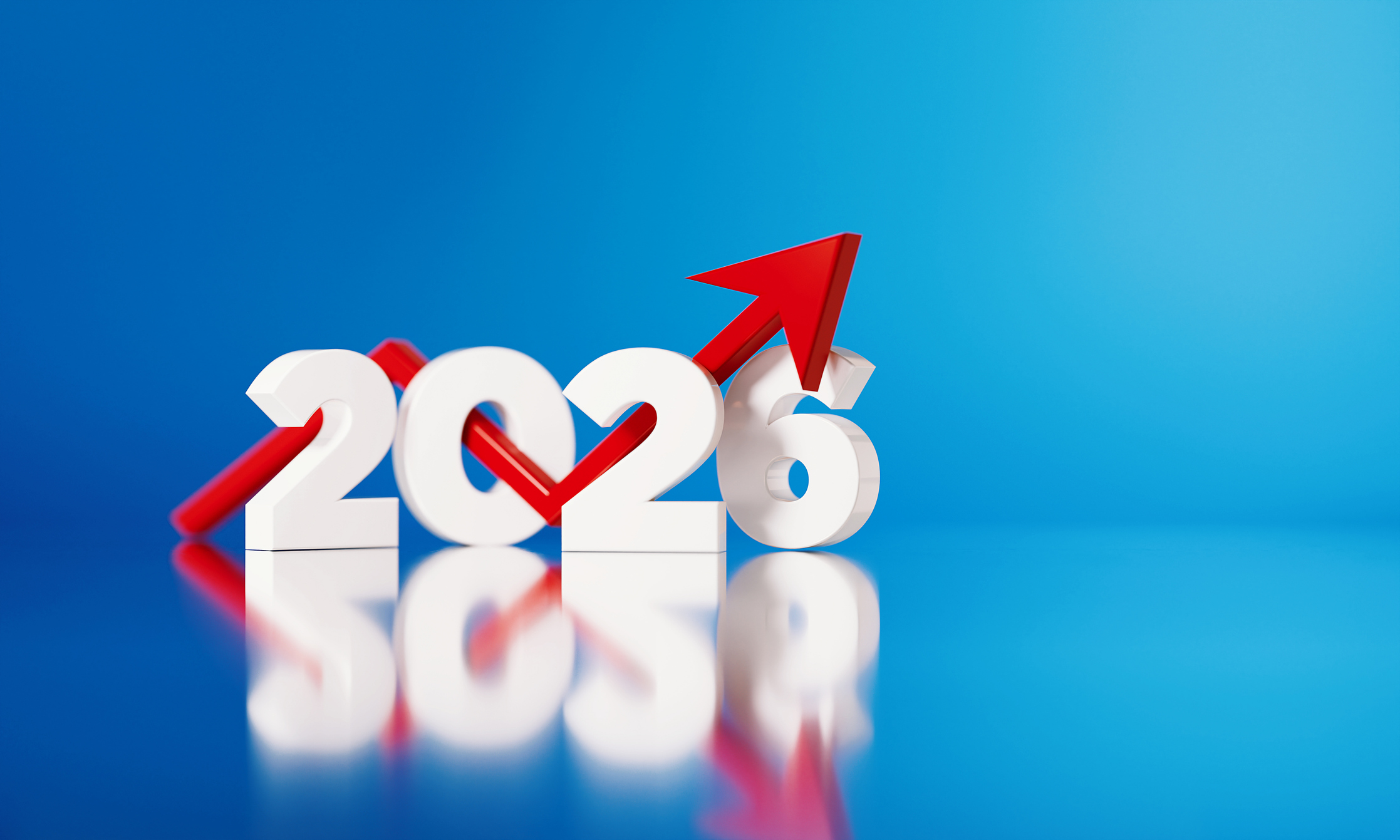House prices rising fastest in areas with highest crime rates – where does your area rank?
Property prices are higher in safer areas but growing more slowly than in places benefiting from gentrification and buy-to-lets


Towns and cities with higher crime rates are seeing higher house price growth, according to new research, with property prices in some of the UK’s most crime-affected areas rising at more than twice the rate of the safest places.
House prices in many higher crime areas have risen significantly faster over the past five years than those in safer towns, suggesting people are prioritising affordability over personal safety.
In Poole, Dorset – officially the safest place in the country by crime rate, with just 26.39 crimes per 1,000 residents, a key marker when people are searching for the best places to live in the UK – average house prices have risen by 15.4% over the past five years.
MoneyWeek
Subscribe to MoneyWeek today and get your first six magazine issues absolutely FREE

Sign up to Money Morning
Don't miss the latest investment and personal finances news, market analysis, plus money-saving tips with our free twice-daily newsletter
Don't miss the latest investment and personal finances news, market analysis, plus money-saving tips with our free twice-daily newsletter
In contrast, house prices in Blackpool, where the crime rate is 80.51 per 1,000, have increased by 33.8% during the same period — more than double Poole’s growth in percentage terms.
Babek Ismayil, founder at OneDome, which carried out the analysis, said: "Affordability, or rather the lack of it, is driving prices up disproportionately in towns and cities where crime rates are higher.
“With mortgage rates still high, house prices in sought-after areas often out of reach and a cost-of-living crisis continuing to squeeze household budgets, people have no choice but to move to towns and cities where they can get that first step on the ladder.”
Where are house prices rising fastest?
The average house price in the 20 towns and cities with the highest crime rates has increased by 34% over the past five years. This compares to 23.2% across the 20 towns and cities with the lowest crime rates.
Ismayil said: “The short-term pain of affordability can result in long-term gain as people struggling with affordability and priced out of their ideal locations move en masse to less desirable areas, which drives prices in those areas up higher than the average. The problem for many buyers – affordability – may well prove the cure as equity in their homes improves at a faster rate.”
Analysis of crime and house price data for 75 major towns and cities across the UK compared the safest and least safe areas in terms of reported crimes per 1,000 residents.
An overall crime rate score for each location was calculated using weighted averages across three key crime types — violent crimes, property and fraud, and public order offences.
Ranking | Town/city | Crime rate | Average house price | Five-year price change |
|---|---|---|---|---|
1 | Poole | 26.39 | £319,729 | +15.4% |
2 | Sutton Coldfield | 26.63 | £235,602 | +30.1% |
3 | Solihull | 26.66 | £334,262 | +25.5% |
4 | Harrogate | 28.24 | £271,901 | +23.3% |
5 | Woking | 32.07 | £464,874 | +15.4% |
6 | Swindon | 32.33 | £255,788 | +28.3% |
7 | Bracknell | 33.29 | £399,573 | +20.4% |
8 | Basingstoke | 34.04 | £366,503 | +20.1% |
9 | Worthing | 34.11 | £316,979 | +25.3% |
10 | Shrewsbury | 34.89 | £282,948 | +20.4% |
Ranking | Town/city | Crime rate | Average house price | Five-year price change |
|---|---|---|---|---|
1 | Blackpool | 80.51 | £136,917 | 33.80% |
2 | Hartlepool | 76.3 | £135,939 | 35.40% |
3 | Doncaster | 74.58 | £169,116 | 39.40% |
4 | Middlesbrough | 72.23 | £141,847 | 37.30% |
5 | Halifax | 71.48 | £187,267 | 39.10% |
6 | Mansfield | 68.67 | £187,543 | 35.30% |
7 | Lincoln | 68.61 | £183,213 | 22.00% |
8 | Barnsley | 67.77 | £169,830 | 39.40% |
9 | Wakefield | 67.67 | £193,688 | 34.60% |
10 | Grimsby | 67.07 | £156,395 | 34.80% |
Mortgage advisers said the data reflects a wider and well established trend – gentrification.
Katy Eatenton, mortgage and protection specialist at Lifetime Wealth Management, said: “It's simply the process of gentrification taking place at a street, area and even town and city level. People, usually first-time buyers with limited borrowing capacity, often have to buy in less desirable areas and, as more follow them, those areas, over time, become more desirable.
"Though crime rates and 'risk' may be higher initially, there is also a real opportunity to benefit from higher house price growth, as this data shows. Of course, some areas can take much longer than others to gentrify. Sometimes the process can happen in a few years, sometimes a decade.”
However Justin Moy, Managing Director at EHF Mortgages, said the data may also be being impacted by landlord activities.
“For many landlords, the opportunity to maximise returns from buy-to-let property comes from those places in the least safe locations, as property is cheaper and the rent is proportionally better, so this investment model may be feeding into some of the data.”
Get the latest financial news, insights and expert analysis from our award-winning MoneyWeek team, to help you understand what really matters when it comes to your finances.
Laura Miller is an experienced financial and business journalist. Formerly on staff at the Daily Telegraph, her freelance work now appears in the money pages of all the national newspapers. She endeavours to make money issues easy to understand for everyone, and to do justice to the people who regularly trust her to tell their stories. She lives by the sea in Aberystwyth. You can find her tweeting @thatlaurawrites
-
 8 of the best properties for sale with indoor gyms
8 of the best properties for sale with indoor gymsThe best properties for sale with indoor gyms – from a four-storey mews house in London’s Knightsbridge, to a 1920s Arts & Crafts house in Melbury Abbas, Dorset
-
 Top stock ideas for 2026 that offer solidity and growth
Top stock ideas for 2026 that offer solidity and growthLast year’s stock ideas from MoneyWeek’s columnist and trader, Michael Taylor, produced another strong performance. This year’s stocks look promising too
